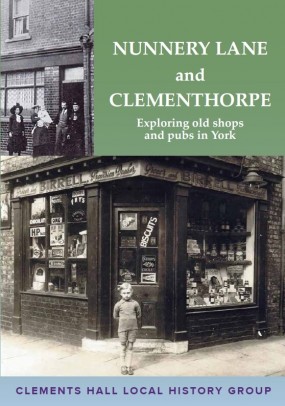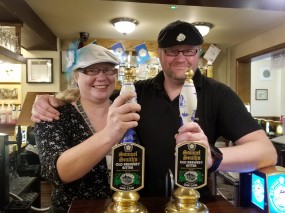13th September 2021




View navigation
13th September 2021
 We'll be celebrating the launch of our new book next week. It's Nunnery Lane and Clementhorpe: exploring old shops and pubs in York. We’ve managed to fill the time restricted by the pandemic over the last two years to capture a wide range of fascinating photographs and memories.
We'll be celebrating the launch of our new book next week. It's Nunnery Lane and Clementhorpe: exploring old shops and pubs in York. We’ve managed to fill the time restricted by the pandemic over the last two years to capture a wide range of fascinating photographs and memories. We used the Trafalgar Bay pub and beer garden on Nunnery Lane as a local history hub, thanks to Sarah and Phil there.
We used the Trafalgar Bay pub and beer garden on Nunnery Lane as a local history hub, thanks to Sarah and Phil there. 
 The book includes an interview with the renowned Neal Guppy, who celebrates 60 years with his club this year, and is fondly remembered by many people from their youth.
The book includes an interview with the renowned Neal Guppy, who celebrates 60 years with his club this year, and is fondly remembered by many people from their youth.